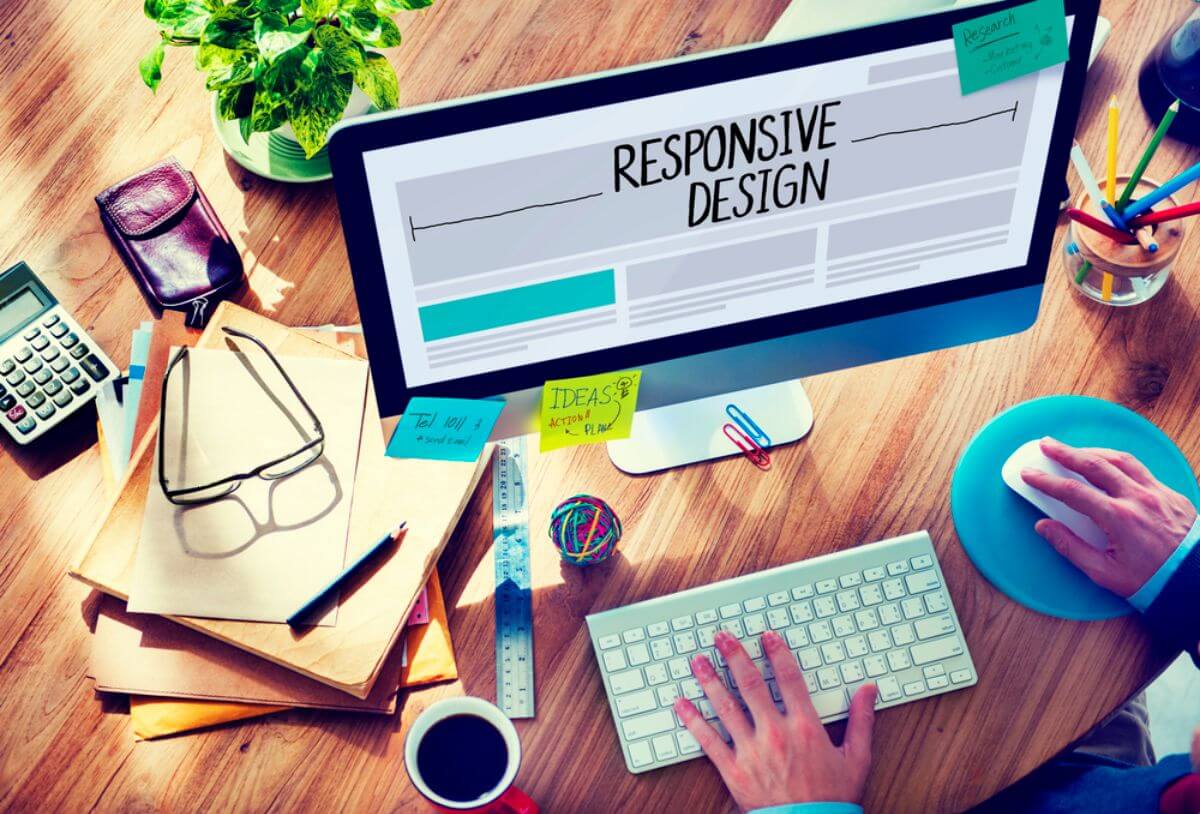
How can web design boost your search engine rankings?
- Responsive design
- Fast loading speed
- Clear navigation and structure
- Optimized content layout
- Use of alt tags for images
Overview
- Web design significantly impacts SEO by enhancing speed, user experience, and mobile responsiveness.
- Features like clear navigation, optimized content layout, and alt tags for images help improve rankings.
- A well-organized, user-friendly site boosts engagement, reduces bounce rates, and improves search engine visibility, ultimately increasing conversions and online presence.
While content is a primary focus of SEO strategies, web design elements like speed, user experience, and responsiveness also play a key role in how search engines rank your site.
Mobile-friendly designs, optimized content layouts, and smooth user experiences are essential factors for success. Search engines favor websites that integrate high-quality content with user-friendly interfaces. Understanding the connection between web design and SEO can help enhance your site’s visibility and increase its chances of ranking higher in search results.
In this article, we’ll explore how web design can boost search engine rankings.
Responsive Design

As more users access websites through mobile devices, search engines, especially Google, prioritize sites that provide a seamless experience across all screen sizes. This includes features like auto adjustments on layout, text, and images when switched between desktops, tablets, or even smartphones.
For example, Google uses mobile-first indexing, meaning they primarily evaluate the mobile version of your site for ranking purposes. If your site isn’t optimized for mobile, it could suffer in search rankings even if its desktop version performs well.
Fast Loading Speed
A slow-loading website can frustrate users, leading to higher bounce rates and fewer conversions. Google, for instance, has made page speed a ranking factor, meaning faster websites are more likely to rank higher in search results. This is especially important as consumers expect websites to load in two seconds or less. If your site takes longer, it risks losing visitors, and in turn, search engine visibility.
Speed is not just about improving rankings; it’s also about creating a positive experience for visitors. A fast site leads to higher engagement, better conversion rates, and, ultimately, a stronger digital presence that both search engines and users will appreciate.
Clear Navigation and Structure
A well-organized site allows users to easily find what they’re looking for, which helps keep visitors engaged and reduces bounce rates. When users can quickly navigate through a site, they are more likely to spend time exploring different pages, increasing the likelihood of conversions.
From an SEO perspective, search engines rely on the structure of a site to properly index its content. A website with a clear and logical structure allows search engine crawlers to easily follow and understand the relationships between pages, which improves how the site is ranked.
Optimized Content Layout
Search engines prioritize websites that organize content in a clear, easy-to-follow format, as it enhances the user experience. This includes using clear headings, concise paragraphs, and relevant images or multimedia elements to make the content more engaging.
Websites that break down complex information into scannable sections improve readability and user satisfaction, signaling to search engines that the content is valuable and deserving of a higher ranking. Additionally, strategically placed keywords and relevant links help search engines understand your site’s context, increasing its chances of appearing in relevant search results.
Use of Alt Tags for Images

Alt tags, also known as alternative text, are an essential element of web design that can significantly impact SEO performance. These tags provide search engines with a description of an image, allowing them to understand the content and context of the visual element.
Since search engines can’t “see” images in the same way humans can, alt tags act as a bridge, helping search engines index and rank images accurately. Well-written alt tags can increase the likelihood that your images appear in image search results, driving additional organic traffic to your site.
Moreover, when properly optimized, alt tags contribute to a better overall search engine ranking by providing relevant keywords and context that align with the content of your page.
Key Takeaway
Web design can boost search engine rankings by ensuring that your website is optimized for both users and search engines. These design choices not only help improve your site’s visibility in search engine results but also enhance the overall user experience, making it more likely for visitors to stay longer and engage with your content.
At Best Org, we know how important it is to have a website that stands out in both design and performance that’s why we have curated the best SEO agencies in the Philippines. Reach out to us today to get started!